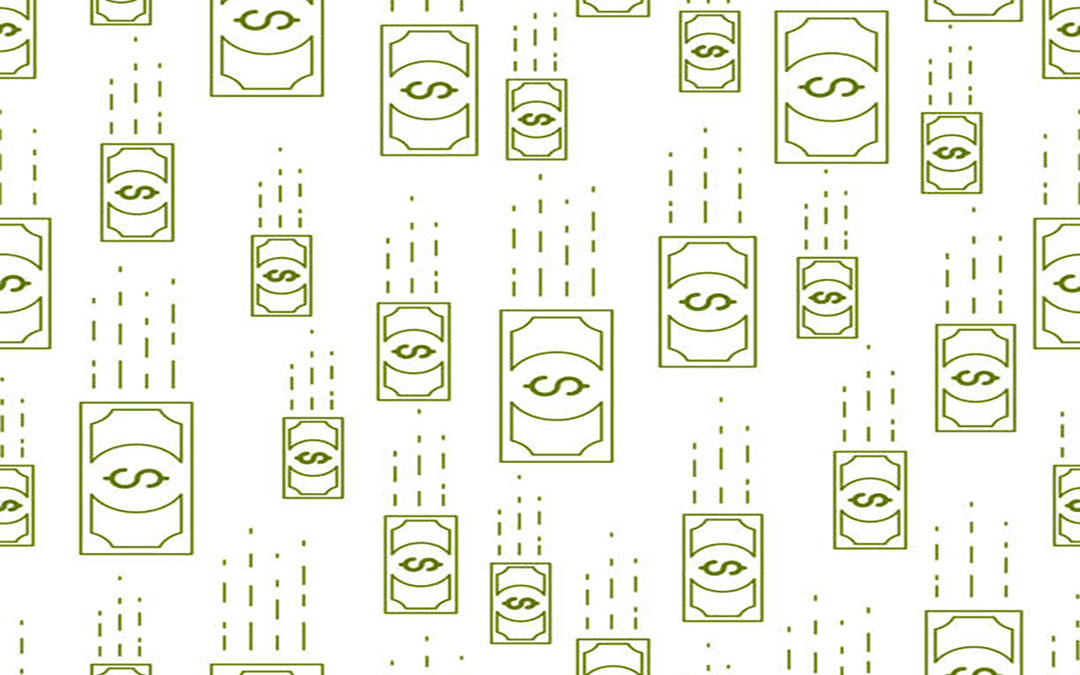A cash flow plan functions best if it reflects your goals, whether long-term or short-term. The purchase of a pleasure boat in three years or the decision to remodel your basement next winter should influence your cash flow plans.
The goals that you have already set will help you shape your personal version of this system. Refer to them often.
As you achieve some short-term goals, or begin to see significant progress towards long term-goals, your enthusiasm for this process will increase – and that will make the system even more effective for you.
Establishing Your System
What should your system contain? There are four factors that will help you establish control over money:
- INCOME/EXPENSE: Identify and isolate income and disbursements (referred to as expense). You will consider whether income is gross, or net (the amount you actually have available).
- CATEGORY: Define the kinds of income you receive and the kinds of expense you incur. Categorize them according to the fixed or flexible nature of the item.
- TIME: Your system should be based on a monthly structure. You should quantify your income and expense within a 12-month format.
- AMOUNT: Income and expenses are expressed in dollars.
Once you have qualified all financial transactions, you will be well on the way to controlling your cash flow, rather than letting it control you.
Periodic Fixed Expenses
Many people have lost control over cash flow because they have no system to handle periodic known expenses of a substantial nature. Good examples of this type of expense might be a large real estate tax bill of $1,500 due every March, a life insurance premium of $840 due in November, or an IRA deposit of $2,000 which must be made by April 15th.
What people frequently do is remember the bill a month before it is due and start scrimping, but it is too late! So, what happens then? In the ensuing months, they start running behind on bills or they simply do not make the planned payment at all. Interest charges are then added, and their attitude starts to decline.
The solution is to schedule these larger payments and start saving for them on a monthly basis. For example, for a small additional amount, an automatic bank deduction can be made regularly to cover the $840 life insurance premium.
The $1,500 tax bill is due again in 10 months. Why not set $150 aside into a special savings or credit union account? Then when it comes due, you will have the money. Afterwards, you can reduce the monthly savings amount to $125 since you will have 12 months to accumulate the next payment.
If the IRA $2,000 deposit is due again in eight months, put aside $250 each month until then. After it has been paid, the amount to set aside is only $166. Furthermore, you will be earning interest on these escrow funds, rather than paying interest as a result of poor money management.
Initial savings ($150 + $250) $400 monthly; thereafter only ($125 + $166) $291.
Save Regularly and Systematically
It is important to assign a portion of each paycheck for your savings and investment program. Consider it an obligation just as important as any other monthly obligation.
In addition to saving a portion of monthly income, we strongly urge that any money saved by tax planning each year be invested the following year. This will give you an additional source of investment funds as well as a means of reducing income tax liability on a regular basis.

